Employees with neurodiversity are entering the global work environment at higher rates than have previously been reported by the Center for Disease Control and Prevention. Currently, 15-20% of the world’s population is neurodiverse, with these numbers continuing to grow. These employees can be a significant benefit for organizations to consider, as they excel in numerous areas but are often overlooked.
Neurodiversity is a term used to refer to a variety of learning and developmental variations that impact the cognitive functioning of the brain. These variations are related to areas of learning, processing, socializing, focusing, and other neurological factors that might not be easily observed. Since these are elements of the brain, it’s not considered something that can or should be medically fixed but elements that needs to be understood, accommodated, and adapted to.
While this group of workers often can be highly skilled in many areas, organizations are facing challenges with creating inclusive environments for them to be successful. Many HR processes don’t consider the complexities of neurodiversity in their program design. This has resulted in high levels of under and unemployment. The National Autistic Society reported 80% of those surveyed were actively searching for employment but only 22% were actively employed at the time of the study. According to the EEOC, these individuals have a higher percentage of claims regarding unfair terminations and harassment than any other group due to the misunderstanding about neurodiversity.
Where to start as HR professionals?
To create environments for individuals who are neurodiverse to succeed, organizations need inclusive environments that empower all employees, leading to greater levels of self-esteem, psychological safety, engagement, motivation, loyalty, satisfaction, performance, and an overall greater level of well-being. Inclusive environments actively tackle and address areas of harassment, biases, stereotypes and eliminate issues that lead workers to feeling undervalued or underutilized. Inclusive environments promote trust, open communication, empathy, and openly advocate and encourage self-disclosure.
Disclosure
Under the Americans with Disability Act and the Rehabilitation Act, all US employers are obligated to honor reasonable accommodations and modifications that do not pose an undue hardship and to protect employees from discrimination. The first step is the employee making that choice to disclose. Part of disclosure is discussions around the aspects of the diagnosis that impacts the ability to perform the expectations of the job and accommodations that might be needed to be successful. Challenges occur when an organization does not have a set strategy in place and lacks awareness and resources for disclosure. Without this, disclosure can often lead to negative outcomes in career growth, peer perceptions, and less opportunity available. Neurodiverse individuals might fear that informing their employer about limitations will lead to being stereotyped, less productive, and unable to take on more responsibility. This might limit the project work they are given, future promotional opportunities and their overall brand. While disclosure can eliminate a high level of stress, increase well-being, performance, communication, and the opportunity to be successful, it can also be met with much resistance. As a result, many workers do not disclose, overcompensate, and work in unnatural ways that ultimately has a negative impact.
To create a culture of trust for disclosure, it begins with the hiring process. Many candidates don’t disclose, fearing it can lead to unfair evaluation of skills, relevant experience, and might results in not being offered the position. Inclusive work environments allow candidates to disclose during the interview process without repercussions, have clear processes in place, and transparency around fair evaluation of candidate’s skills.
Recruitment
The economy is in a labor shortage, with many organizations facing challenges filling positions, regardless of level, role, or industry. As the global marketplace changes, more emphasis is being placed on technology, innovation, and creativity. This shift can potentially benefit individuals who are neurodiverse, as many thrive in these types of environments. For organizations to be competitive, this is a strategic way to gain a competitive advantage in a pool of candidates that are not typically recruited.
There are many benefits with neurodiversity. Autism Spectrum Disorder (ASD) presents on a spectrum and therefore ranges broadly in individual abilities. They often excel in the world of technology and computers. Some can break down complex processes and coding. Mathematics seems to be a common strength among many workers with ASD, where music and innovation are more seen in individuals with Asperger’s. Attention Deficit Hyperactivity Disorder (ADHD) is associated with the ability to multitask and take on large amounts of data in small amounts of time. The mind is always producing multiple messages at one time. These individuals have been seen to work longer, harder and produce incredible outcomes. ADHD can be found in many professions across many different industries. These individuals are shown to be more creative and innovative with their mind working in unique and interesting ways, others might not have considered. With dyslexia impacting how workers process and interpret words, strengths have been seen in the ability to visualize and maximize creativity. Instead of seeing just the details, individuals with dyslexia are often able to see big picture concepts and tackle large complex innovative projects. These employees can have an above average visual spatial ability and can be seen throughout the world of business as entrepreneurs and leaders. They tend to be more relational and are usually focused on interpersonal relationships.
What are the recruitment barriers?
It starts with a job description that outlines the expectations and requirements of a role. In writing these descriptions, it is imperative the hiring manager drills down to the top skills, experience required, and key drivers needed to be successful in the position. Many job descriptions have fillers and subjective requirement listed that might not be requirements of the job and deter diverse candidates. Example, do you really need advanced communication skills? Ability to work 5 days a week in an open concept office?
During the interview process, consider the types of questions asked and the structure of the interview. Not everyone will be able to build relationships immediately. Things like eye contact or rapport building might be a challenge. Research indicates that most hiring decisions are made within the first few minutes of meeting a candidate and is dependent on them building rapport before the interview technically starts. Casual conversations over the weather, sports, coffee, traffic, and local news, all have the potential to lead to undesired results. Best practice encourages these rapport building discussions be kept at a bare minimum or removed completely. To ensure success for all candidates, questions should focus only on the job and the requirements.
Assessments can be challenging for neurodivergent individuals since they might read, interpret, and process differently. It’s recommended organizations analyze their assessment to ensure inclusivity for all learners and ensure they’re assessing skills equally. Some organizations are making changes away from the typical online assessments to a more casual skills evaluation approach. SAP, an IT leader, is creating and implementing inclusive hiring practices by removing the traditional interview and asking candidates, to instead, attend its workshops. At these workshops, SAP offers skills related activities that directly align with the position’s requirements. They create a comfortable environment where trust is built, rapport with the candidates is established and then skills can be evaluated. Microsoft has also seen success in targeting individuals with ASD for specific technology positions. The company started an “Autism at the Workplace” program which recruits individuals who specifically have ASD, builds in accommodations, and trains everyone in the organization on creating inclusivity for neurodiversity. Extra support structures are built in throughout the organization to facilitate the process of interviewing, accommodating, and modifying the workplace, along with ensuring performance, and career progression are available to support this group.
Reasonable Accommodations & Work Environment
Reasonable accommodations could be related to the physical work environment. Modifications of workspaces may be needed for these employees to have the opportunity to perform at their best. Such modifications might be sensory elements, where factors such as the temperature of the building, noise levels, equipment, smells, and light sensitivity, can negatively or positively impact work productivity. There might be modifications needed to reduce distractions and increase focus. Rearranging office furniture, relaxing areas, calming colors, and noise canceling headphones can provide a more productive environment. Standing desks help creativity and productivity through movement. Schedule flexibility throughout the day helps workers feel more centered and more in control of their routines. Remote work has the potential to improve production, concentration and eliminate social stressors. These accommodations and modifications are practical and reasonable and can be implemented without undue hardship to the employer. With accommodations and modifications in place, environmental factors will be influential in achieving performance, inclusivity, and minimize underemployment.
Training & Development
To start the process of change and inclusivity, there needs to be awareness, knowledge, and empathy. Creating an inclusive culture, starts with training and education on neurodiversity and an emphasis on its importance to the culture and work outcomes. Neurodiversity awareness programs should include information on conscious and unconscious biases, stereotypes, and discrimination in the workplace. This form of training is shown to improve communication companywide, increase disclosure, and ultimately lead to higher performing, more trusting environments.
Establishing networks of employees who can learn from one another is a great way to understand, share, and create support systems. One of the best ways to do this is through mentorship programs. Partnering employees with coaches and mentors provides an advocate, counselor, and teacher in a format that focuses more on a counseling approach. This supports employees when they experience challenges personally and professionally. Mentors empower mentees to realize opportunities, many they had not considered, and gives them valuable advice for career advancement. This leads to increased resilience both personally and professionally which can assist neurodiverse employees in tackling challenges with disclosure, harassment, bias, and inclusivity.
Personality Assessments
Personality assessments are a training tool used to raise awareness of personality styles, characteristics, and tendencies of an individual. Organizations often use these types of assessments in correlation with a team building or training exercises geared for greater awareness. These personal development learning models assist teams and departments in discovering insights about themselves and others. It aids in building relationships, creating engagement, collaboration, constructive conversations, and greater efficiency with business results. With neurodiverse workers, it is beneficial for them to allow others to have greater insight into who they are, how they learn and what is needed for them to be successful. Some personality assessments used in the workplace are Everything DiSC®, Myers-Briggs and Predictive Index.
Performance Management & Career Growth
Many neurodiverse individuals experience a lack of career progression. The stigma associated with being labeled, comes with the perception that these workers cannot take on more responsibility and are not ready for promotions. As with all employees, neurodiverse workers want to be successful in their careers. No matter what the accommodation, creating a performance management program that is conducive to their progression is an integral part of inclusion.
The traditional performance management process is heavily based on being able to effectively communicate. It relies on the employees’ ability to self-advocate and promote their accomplishments for the year. Employees assess and evaluate their performance through written expression. The manager reads their self-evaluation, analyzes the data, and provides a rating. A review is written based on their work performance and delivered orally. All parts of this traditional approach can be a challenge for individuals who are neurodiverse. To mitigate some of these struggles, continuous communication and using various channels, can increase the performance management process for neurodiverse individuals. Using online communicators like chats, discussion forums, pulse check-ins, and kudos, can create an effective more informal communication strategy for performance. Digital assistants can assist in the self-evaluation writing process. Online HR tools can provide more continuous feedback for assessment and reviews.
Leadership
When employees disclose to their manager, it’s important that this information is handled per policy, with confidentiality and respect. To create inclusive environments, it starts with the top level of leaders to implement and model behavior, policies, programs, procedures, and practices for inclusivity. Clear communication and expectations from leadership reaffirms the organizations commitment to all areas of disclosure, accommodations, hiring, retaining, and growing team members with neurodiversity. Communicating the process of disclosure during new hire orientations and benefit enrollment is a great way to educate and re-educate the process of disclosure and accommodations. A key element is ensuring that all cases of harassment towards individuals with neurodiversity are handled promptly and according to policy. When behaviors or actions violate this, employees need to see that corrective action is taken by leadership.
There is still so much to learn!
There is still much research to be done on the best practices to implement programs, trainings, and work environments for neurodivergent individuals. While research is vast on neurodiversity, it is limited in its application. These group of workers often have many highly sought-after skills but might need some additional enrichment. Understanding these elements and how to create successful inclusivity for this group of workers to be successes is critical to the future of work.
For additional information or to connect please contact, Jackie Esposito, Compensation & Business Advisor at Jackie.esposito@letscatapult.org


